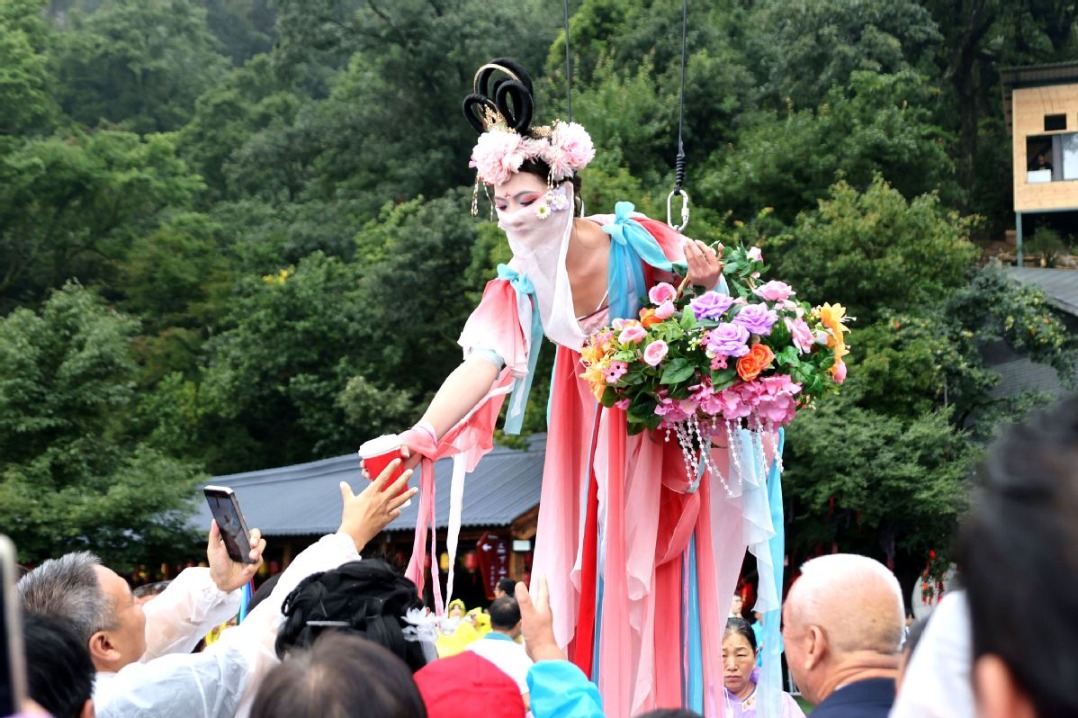TCM inclusion shows WHO's holistic view on health


Traditional Chinese medicine will be included into the World Health Organization's forthcoming International Classification of Diseases to be released next year, according to the science magazine Nature.
As a normative yardstick for classification of diseases in the fields of healthcare, management, teaching, research, insurance and policymaking around the world, the International Statistical Classification of Diseases and Related Health Problems, to give it its full title, is considered the international "standard diagnostic tool for epidemiology, health management and clinical purposes".
The inclusion of TCM is in line with the global trend for a more holistic view of health rather than merely disease treatment, and it will help promote the development of the traditional medicine system across the world so it can make greater contributions to human health.
Through the cooperation and efforts of experts from various countries, the new section on TCM in the latest ICD sets the template for diagnosing diseases and symptoms, and the framework of symptom classification in accordance with TCM.
Both TCM and Western medicine have their own characteristics and advantages.
Rooted in traditional Chinese culture, TCM puts the emphasis on the overall functioning of the body and takes into account a patient's feelings, as well as the influence of the climate and the environment. It is a kind of customized healthcare focused on the "human".
Western medicine, on the other hand, reduces analysis to anatomy and observation studies with emphasis on physical structure, objective indicators and in-depth microscopic analysis. It favors pathological diagnosis and surgical and drug interventions for the treatment of diseases as it is mainly based on "confrontation" cures through clinical measures and medical imaging techniques, and as long as the indicators return within the normal range, it considers the disease to be cured.
TCM, on the other hand, takes "harmony" as the starting point, treating the pathogenic factors by rebalancing a person's yin and yang, the effectiveness of which indicates whether or not a patient is recovering.
As such, TCM and Western medicine have different theoretical bases, ways of thinking, diagnosis and treatment methods. To complement each other, therefore, the diagnosis process of TCM has to be standardized, this can be done by collecting and analyzing big data under the rules of TCM with modern artificial intelligence.
And with the coming together of the two medical treatment systems, the purpose of TCM's inclusion in the ICD will be fulfilled.
The author is president of Fujian University of Traditional Chinese Medicine.


































